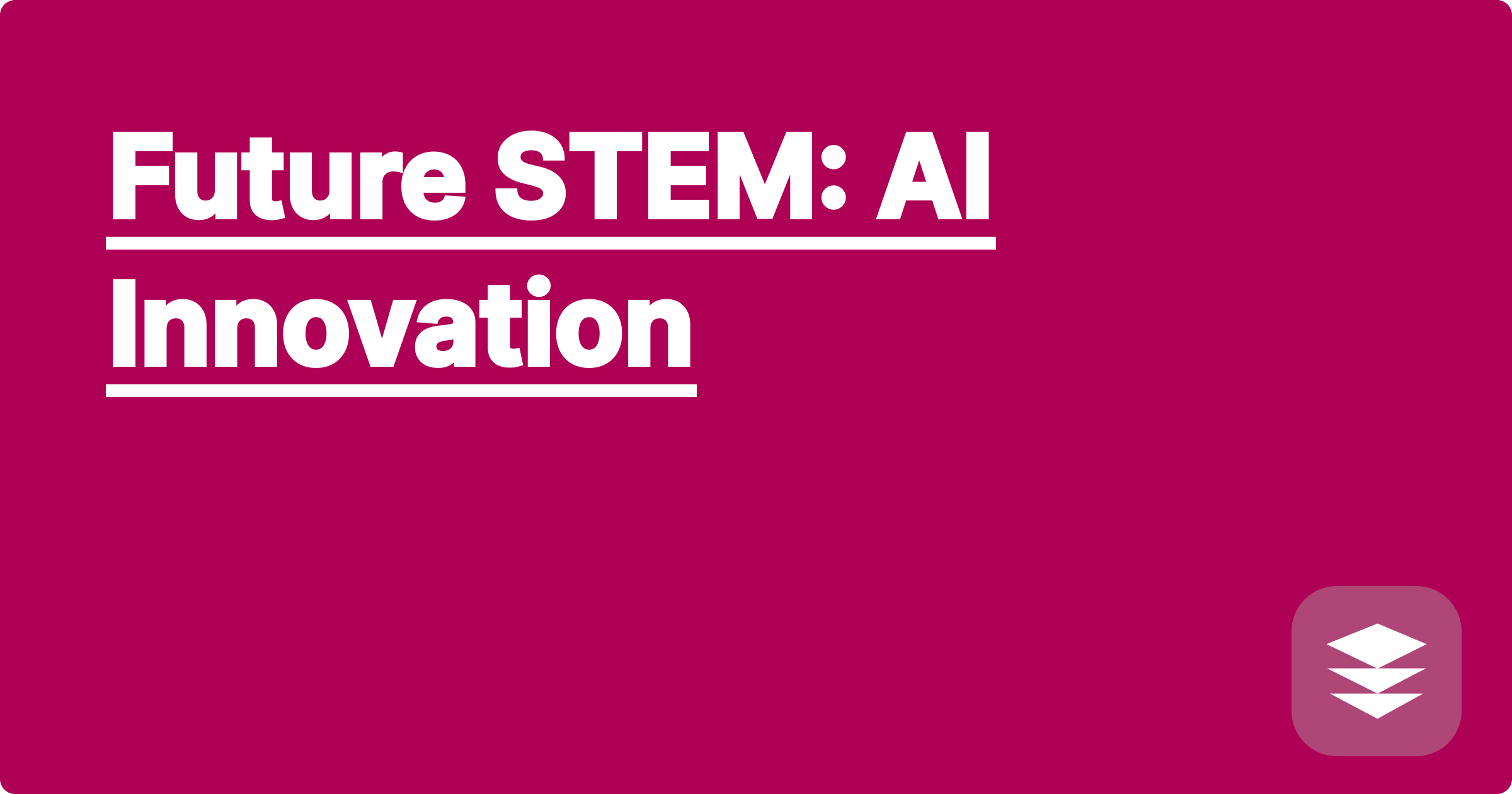
The rapid advancement of science and technology presents exciting yet daunting challenges for STEM fields. We are faced with increasingly complex problems, from climate change and disease outbreaks to developing sustainable energy sources and exploring the vastness of space. These challenges demand innovative solutions, and Artificial Intelligence (AI) is emerging as a powerful tool to accelerate discovery and problem-solving across STEM disciplines. AI offers the potential to analyze massive datasets, identify hidden patterns, and generate novel hypotheses, ultimately pushing the boundaries of human knowledge and capability.
For STEM students and researchers, understanding and harnessing the power of AI is no longer optional, but rather a necessity for staying at the forefront of their fields. AI is transforming the research landscape, from automating tedious tasks to enabling entirely new avenues of inquiry. By integrating AI tools into their workflows, STEM professionals can enhance their productivity, accelerate their research, and contribute to groundbreaking discoveries. This understanding is crucial for navigating the future job market, where AI proficiency will be a highly sought-after skill.
One of the significant challenges in modern drug discovery is the identification of potential drug candidates that effectively target specific proteins implicated in diseases. Traditional methods of drug discovery are often time-consuming and expensive, involving extensive laboratory testing and screening of vast chemical libraries. The process of identifying molecules with the desired properties, such as high binding affinity to the target protein and minimal off-target effects, can take years and often yields limited success. This bottleneck in drug discovery hinders the development of new treatments for various diseases, highlighting the need for more efficient and effective approaches. The complexity of protein structures and the vast chemical space make it challenging to predict the interactions between drug molecules and their targets, requiring sophisticated computational methods to tackle this problem.
AI offers a transformative approach to drug discovery by leveraging machine learning algorithms to predict the interactions between drug molecules and target proteins. Tools like ChatGPT, Claude, and Wolfram Alpha can be employed in various stages of the drug discovery pipeline. For instance, ChatGPT can be utilized to generate and analyze large datasets of chemical structures and their associated properties, enabling researchers to explore the chemical space more efficiently. Claude can assist in predicting the binding affinity between drug molecules and target proteins based on their structural features, accelerating the identification of promising drug candidates. Wolfram Alpha can be used to perform complex calculations related to molecular dynamics and pharmacokinetics, providing valuable insights into the behavior of drug molecules in biological systems. By integrating these AI tools, researchers can significantly reduce the time and cost associated with traditional drug discovery methods.
The process begins with defining the target protein and gathering relevant data, including its 3D structure and known interactions with other molecules. This information serves as the foundation for training machine learning models. Next, a large dataset of chemical compounds is curated, along with their respective properties and known activities. This dataset is then used to train a machine learning model, such as a deep neural network, to predict the binding affinity between the chemical compounds and the target protein. The model learns the complex relationships between the molecular features and the binding interactions, enabling it to predict the binding affinity for new, unseen compounds. Once the model is trained, it can be used to screen virtual libraries of millions of compounds, identifying potential drug candidates with high predicted binding affinity. These candidates can then be prioritized for further experimental validation.
For example, consider the task of predicting the binding affinity between a protein and a small molecule. A simplified formula representing the binding affinity could be expressed as Affinity = f(Protein Features, Molecule Features), where f is a complex function learned by the AI model. The protein features might include its amino acid sequence, 3D structure, and surface properties. The molecule features might include its chemical structure, functional groups, and molecular weight. AI models can be trained on large datasets of protein-molecule interactions to learn this complex function f. A code snippet using a Python library like TensorFlow or PyTorch could demonstrate how to build and train such a model. For example, a neural network could be designed to take the protein and molecule features as input and output the predicted binding affinity.
To effectively utilize AI in STEM education and research, it is crucial to develop a strong foundation in both the underlying principles of AI and the specific domain knowledge. This involves understanding the different types of machine learning algorithms, their strengths and limitations, and how to apply them to real-world problems. It is also essential to cultivate critical thinking skills to evaluate the output of AI tools and interpret the results in a meaningful way. Furthermore, staying up-to-date with the latest advancements in AI is vital for maximizing its potential in STEM research. This can be achieved by attending conferences, reading research papers, and participating in online communities.
Finally, embracing a collaborative approach is essential for leveraging the full potential of AI. Working with experts from different disciplines, such as computer science, biology, and chemistry, can foster interdisciplinary collaboration and accelerate the development of innovative solutions. Exploring online resources, joining study groups, and attending workshops can further enhance AI skills and facilitate knowledge sharing. Continuously learning and adapting to the evolving landscape of AI will be crucial for success in STEM fields.
STEM Research: AI Acceleration